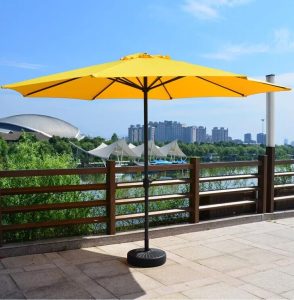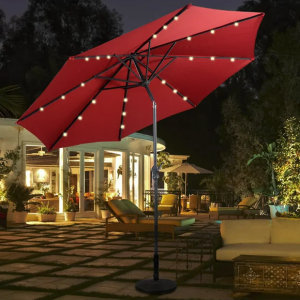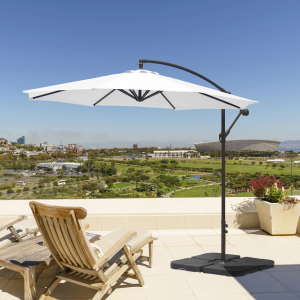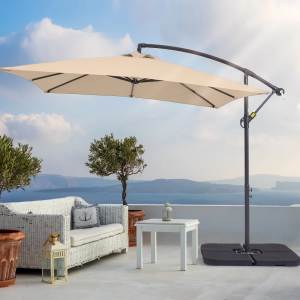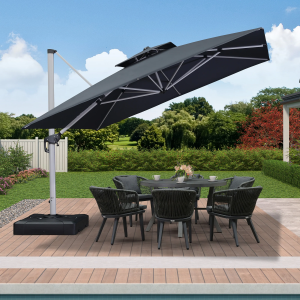More
Crafting Shade: Precision in Fabric Cutting and Preparation for Patio Umbrella With Stand
Crafting Shade: Precision in Fabric Cutting and Preparation for Patio Umbrella With Stand
Introduction:
Patio umbrellas are not only functional but also an integral part of outdoor aesthetics. To achieve the perfect blend of style and performance, the production process of patio umbrellas involves various meticulous steps. In this blog post, we’ll zoom in on a crucial phase: fabric cutting and preparation. From selecting the right materials to achieving precision in cutting, this stage is where the umbrella canopy begins to take shape.
Selecting the Ideal Canopy Fabric: Before the first cut is made, the choice of canopy fabric sets the stage. Patio umbrellas come in various materials, each with its unique characteristics:
-
Acrylic: Known for its exceptional UV protection and resistance to fading, acrylic fabric is a popular choice for sunny climates. It retains its vibrant colors even after prolonged exposure to the sun.
-
Polyester: Polyester offers a balanced mix of durability and color options. It is known for its strength and ability to withstand the elements, making it a versatile choice for different outdoor settings.
-
Olefin: Olefin is a moisture-resistant fabric that excels in preventing mildew. It is a practical choice for areas with high humidity or frequent rain.
Precision in Fabric Cutting:
-
Design Specifications: Fabric cutting for patio umbrellas starts with a clear understanding of the design specifications. Skilled designers ensure that each panel is cut to match the design’s dimensions, ensuring a perfect fit for the umbrella’s frame.
-
Cutting Techniques: Fabric cutting can be done by skilled craftsmen or automated cutting machines, depending on the scale of production. Automated machines offer precision and speed, ensuring that each panel is identical in size and shape. Skilled craftsmen, on the other hand, bring a human touch to the process, particularly in custom or artisanal productions.
-
Accurate Measurements: Accuracy is paramount in fabric cutting. Even a minor deviation can affect the overall appearance and functionality of the umbrella. Modern technology, including laser-guided cutting, is often employed to achieve precise measurements.
-
Pattern Matching: For patterned fabrics, achieving a seamless and visually pleasing look is essential. Skilled craftsmen pay close attention to pattern matching to ensure that the design flows seamlessly across the canopy panels.
Preparing for Further Assembly:
-
Reinforcement: To enhance the durability of the umbrella canopy, reinforcement is often applied to critical areas, such as the edges and stress points. This reinforcement ensures that the fabric remains securely attached to the frame and can withstand outdoor conditions.
-
Quality Control: Before the fabric panels move on to the next stage of assembly, a comprehensive quality control check is performed. This involves inspecting each panel for any defects, irregularities, or inconsistencies. Any issues are addressed at this stage to ensure that the final product meets high standards of quality.
Conclusion:
Fabric cutting and preparation are pivotal stages in the production of patio umbrellas. The careful selection of canopy fabric sets the tone for both aesthetics and functionality. Precision in cutting, whether performed by skilled craftsmen or automated machines, ensures that each panel is tailored to perfection. With accurate measurements, pattern matching for patterned fabrics, and attention to reinforcement and quality control, this phase lays the foundation for an umbrella that not only provides shade but also adds elegance to your outdoor space. From design to assembly, every step in the production process plays a crucial role in creating an outdoor accessory that combines form and function in perfect harmony.



